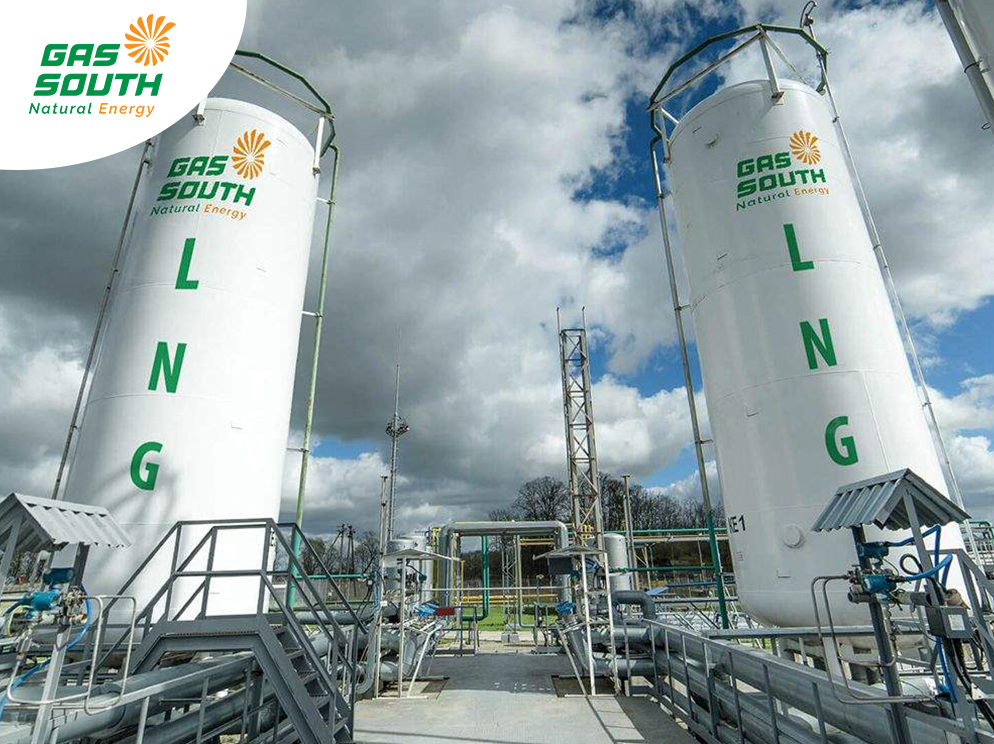Understanding NFPA 59A: The Standard for the Production, Storage, and Handling of Liquefied Natural Gas (LNG)
Description:
In the world of energy production and storage, safety should always be a top priority. One of the most important standards governing the production, storage, and handling of liquefied natural gas (LNG) is NFPA 59A. This blog post will provide a comprehensive overview of NFPA 59A, its significance, and how it ensures the safe handling of LNG. Whether you are involved in the LNG industry or simply curious about this crucial standard, this article will help you understand the importance of NFPA 59A.
See More Liquefied Natural Gas Collection
Section 1: Introduction to NFPA 59A
NFPA 59A is a standard established by the National Fire Protection Association (NFPA) that specifically addresses the production, storage, and handling of liquefied natural gas (LNG). This standard was created to mitigate potential risks and ensure the safe operation of LNG facilities. It provides guidelines that help prevent accidents, minimize environmental impact, and protect personnel working in LNG-related processes.
More About Us: SOUTHERN GAS TRADING JSC
Section 2: The Purpose and Scope of NFPA 59A The primary purpose of NFPA 59A is to establish minimum requirements for the design, construction, and location of LNG facilities. These requirements encompass various aspects of LNG production, storage, and handling, including equipment selection, emergency response planning, fire protection systems, and more. The standard aims to ensure that LNG facilities are designed and operated in a manner that minimizes risks to personnel, property, and the environment.
Section 3: Key Requirements of NFPA 59A NFPA 59A outlines several critical requirements that must be met by LNG facilities. These requirements include:
Site Selection: The standard provides guidelines for selecting suitable locations for LNG facilities, considering factors such as proximity to populated areas, water sources, transportation routes, and potential hazards.
Design and Construction: NFPA 59A specifies design and construction criteria for various components of an LNG facility, including tanks, piping systems, containment systems, and vaporizers. It addresses issues like materials selection, structural integrity, insulation, and seismic design.
Safety Systems: The standard mandates the installation and maintenance of safety systems such as leak detection systems, emergency shutdown systems, fire protection systems, and ventilation systems. These systems play a crucial role in preventing accidents and mitigating their consequences.
Operations and Maintenance: NFPA 59A outlines requirements for the safe operation and maintenance of LNG facilities. This includes regular inspections, testing procedures, record-keeping, training programs for personnel, and emergency response planning.
Section 4: Risk Assessment and Management An essential aspect of NFPA 59A is performing comprehensive risk assessments for LNG facilities. This involves identifying potential hazards, evaluating their likelihood and consequences, and implementing appropriate risk management measures. Risk assessment helps facility operators understand potential risks associated with their operations and implement necessary controls to prevent accidents or minimize their impact.
Section 5: Training and Emergency Response NFPA 59A emphasizes the importance of training programs for personnel involved in LNG operations. These programs ensure that employees are well-versed in the safe handling of LNG, emergency response procedures, and the use of safety equipment. Proper training plays a crucial role in preventing accidents and ensuring a swift response in case of emergencies.
Section 6: Compliance with NFPA 59A Compliance with NFPA 59A is crucial for both new LNG facilities under construction and existing ones. New facilities must adhere to the standard's requirements from the initial design stages through construction and operation. Existing facilities need to assess their compliance with NFPA 59A and make necessary modifications to meet the standard's provisions.
Section 7: Benefits of NFPA 59A Compliance Adhering to the requirements outlined in NFPA 59A brings several benefits to both LNG facility operators and the surrounding community. Some of these benefits include:
Enhanced Safety: Compliance with NFPA 59A ensures that safety measures are in place to protect personnel, property, and the environment from potential accidents or incidents related to LNG production or storage.
Reduced Environmental Impact: The standard imposes regulations to minimize the release of methane gas during LNG production and handling processes. This helps reduce the environmental impact associated with LNG operations.
Regulatory Compliance: Compliance with NFPA 59A ensures that LNG facilities meet industry best practices as well as federal, state, and local regulations. This helps operators avoid penalties and legal issues.
Public Confidence: By adhering to a recognized safety standard like NFPA 59A, LNG facility operators can gain public trust and confidence. This can be particularly important when seeking approvals for new projects or maintaining positive relationships with nearby communities.
Section 8: Evolving Standards in LNG Industry The field of LNG production, storage, and handling constantly evolves as technology advances and new safety concerns arise. As a result, NFPA regularly updates its standards to reflect these changes. It is essential for industry professionals to stay informed about updates to NFPA 59A and ensure ongoing compliance with the latest versions to maintain safety in their facilities.
Section 9: Conclusion NFPA 59A plays a vital role in ensuring the safe production, storage, and handling of LNG. By establishing comprehensive guidelines for design, construction, operation, and maintenance of LNG facilities, this standard minimizes risks to personnel, property, and the environment. Adhering to NFPA 59A not only enhances safety but also helps maintain regulatory compliance and public confidence in the industry. As the LNG industry continues to grow, ongoing commitment to safety standards like NFPA 59A remains crucial for all stakeholders involved.
#what_is_the_lng, #pgscomvn, #pgs_com_vn, #whatisthelng, #what_is_the_lng, #pgscomvn, #pgs_com_vn/

Nhận xét
Đăng nhận xét